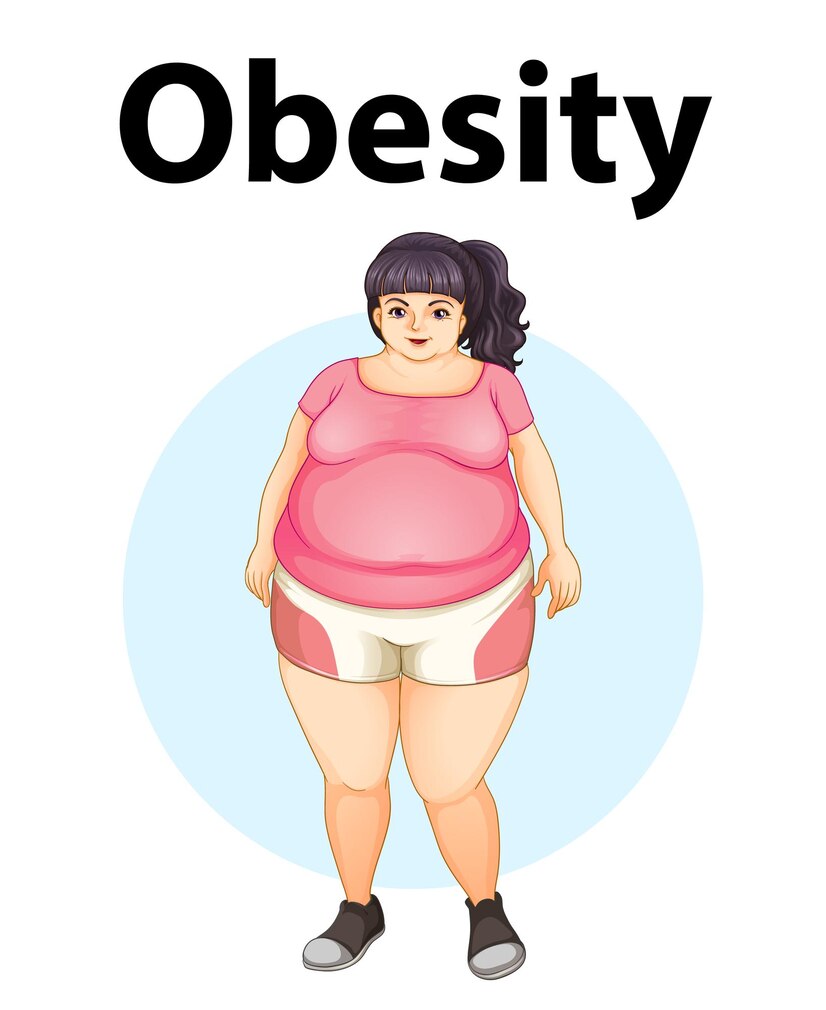- Introduction to Exercise and Physical Activity
- Understanding Obesity
- The Importance of Exercise in Battling Obesity
- Different Types of Exercise
- Cardiovascular Exercises
- Strength Training
- Flexibility Exercises
- Creating an Exercise Routine
- Setting Realistic Goals
- Choosing Activities You Enjoy
- Finding a Balance
- Overcoming Barriers to Exercise
- Time Constraints
- Lack of Motivation
- Physical Limitations
- Technology and Exercise
- Fitness Apps and Wearables
- Virtual Fitness Classes
- Gamification of Exercise
- Nutrition and Exercise
- Fueling Your Body for Workouts
- Importance of Hydration
- Post-Workout Recovery
- Social Support and Accountability
- Joining Exercise Groups
- Working Out with Friends or Family
- Hiring a Personal Trainer
- Benefits of Regular Physical Activity
- Weight Management
- Improved Mood and Mental Health
- Reduced Risk of Chronic Diseases
- Building Healthy Habits
- Consistency is Key
- Small Changes Lead to Big Results
- Celebrating Milestones
- Addressing Exercise Myths and Misconceptions
- “No Pain, No Gain”
- “I’m Too Old to Start Exercising”
- “Exercise is Only for Weight Loss”
- Creating an Active Lifestyle
- Incorporating Movement into Daily Life
- Taking Active Breaks at Work
- Exploring Outdoor Activities
- Staying Motivated Long-Term
- Tracking Progress
- Rewarding Yourself
- Adjusting Your Routine as Needed
- Conclusion
Introduction to Exercise and Physical Activity
In today’s sedentary lifestyle, incorporating regular exercise and physical activity is crucial for maintaining overall health and well-being. With rising concerns about obesity and its associated health risks, understanding the importance of staying active is more important than ever.
Understanding Obesity
Obesity is a medical condition characterized by excessive body fat accumulation, which can lead to various health problems such as heart disease, diabetes, and joint issues. It is often caused by a combination of genetic, environmental, and lifestyle factors.
https://vitalliver.in/alcoholic/The Importance of Exercise in Battling Obesity
Regular exercise plays a vital role in combating obesity by helping to burn calories, build muscle mass, and improve metabolic function. Additionally, exercise boosts mood, reduces stress, and enhances overall quality of life.
Different Types of Exercise
Cardiovascular Exercises
Cardiovascular exercises, such as running, cycling, and swimming, are effective for burning calories and improving heart health.
Strength Training
Strength training exercises, like lifting weights or bodyweight exercises, help build muscle mass and increase metabolism.
Flexibility Exercises
Flexibility exercises, including yoga and stretching, improve range of motion and reduce the risk of injury.

Creating an Exercise Routine
To establish a sustainable exercise routine, it’s essential to set realistic goals, choose activities you enjoy, and find a balance between different types of exercises.
Overcoming Barriers to Exercise
Common barriers to exercise include time constraints, lack of motivation, and physical limitations. By addressing these barriers through proper planning and mindset shifts, anyone can incorporate exercise into their daily routine.
Technology and Exercise
Advancements in technology have made it easier than ever to stay active, with fitness apps, wearables, and virtual fitness classes providing convenient options for staying fit.
Nutrition and Exercise
Pairing regular exercise with a balanced diet is key to achieving optimal results. Proper nutrition fuels your body for workouts, supports recovery, and enhances performance.
Social Support and Accountability
Joining exercise groups, working out with friends or family, or hiring a personal trainer can provide social support and accountability, making it easier to stick to your exercise routine.
Benefits of Regular Physical Activity
Regular physical activity offers numerous health benefits, including weight management, improved mood, and reduced risk of chronic diseases such as diabetes and heart disease.
Building Healthy Habits
Consistency is key when it comes to building healthy habits. By making small, sustainable changes to your lifestyle, you can achieve long-term success in maintaining an active lifestyle.
Addressing Exercise Myths and Misconceptions
Dispelling common exercise myths and misconceptions, such as “no pain, no gain” and “exercise is only for weight loss,” can help individuals adopt a healthier mindset towards physical activity.
Creating an Active Lifestyle
Incorporating movement into daily life, taking active breaks at work, and exploring outdoor activities are simple ways to create an active lifestyle that promotes health and well-being.
Staying Motivated Long-Term
Tracking progress, rewarding yourself for achievements, and adjusting your routine as needed are effective strategies for staying motivated and committed to your exercise goals.

Conclusion
In conclusion, regular exercise and physical activity are essential for maintaining optimal health and preventing obesity-related health issues. By incorporating different types of exercises, addressing barriers, and adopting a healthy lifestyle, anyone can achieve their fitness goals and enjoy a happier, healthier life.
FAQs
- Is it necessary to exercise every day to see results?
- While daily exercise is beneficial, it’s more important to focus on consistency rather than frequency. Aim for at least 150 minutes of moderate-intensity exercise per week.
- Can I lose weight with exercise alone?
- While exercise is an important component of weight loss, it should be combined with a balanced diet for optimal results.
- What if I don’t enjoy traditional forms of exercise?
- Find activities that you enjoy and that get you moving, whether it’s dancing, hiking, or playing a sport. The key is to stay active in a way that brings you joy.
- How can I stay motivated when I don’t see immediate results?
- Focus on the non-scale victories, such as increased energy levels or improved mood. Remember that progress takes time, and consistency is key.
- Is it ever too late to start exercising?
- It’s never too late to start reaping the benefits of exercise. No matter your age or fitness level, incorporating physical activity into your routine can improve your health and quality of life

[…] Understanding the Physiology […]
[…] Understanding Swelling of the Stomach […]